California will help return tribal lands as part of the historic Klamath River restoration – the Los Angeles Times
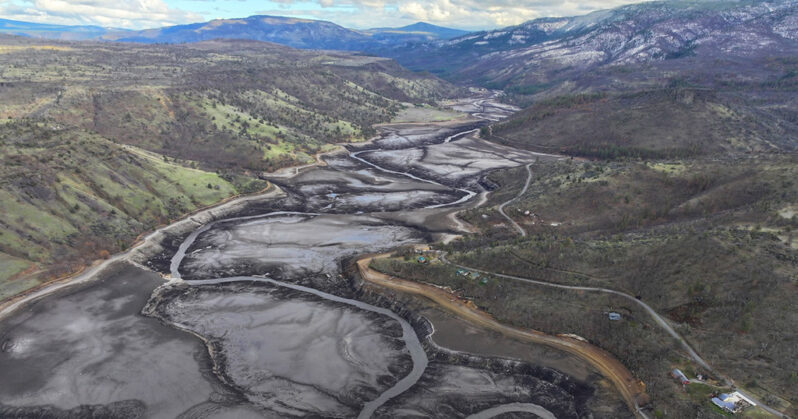
More than a century has passed since members of the Shasta Indian Nation saw the last piece of their ancestral home — a landscape along the Klamath River where villages once stood — flooded by a massive hydroelectric project.
Now more than 2,800 acres of land that encompassed the settlement, known as Kikacéki, will be returned to the tribe. The reclamation is part of the largest river restoration effort in U.S. history, the removal of four dams and reservoirs that had cut off the tribe from the spiritual center of their world…
A new report looks at major companies’ efforts to address plastic waste — and finds them lacking – Grist Magazine
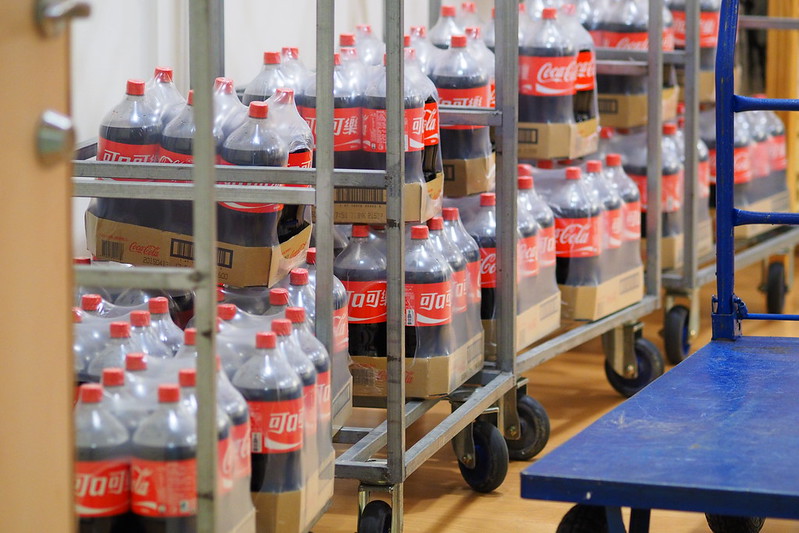
Of the 147 companies with a package recyclability goal, only 15 percent were on track to meet it…
How the recycling symbol lost its meaning – Grist Magazine
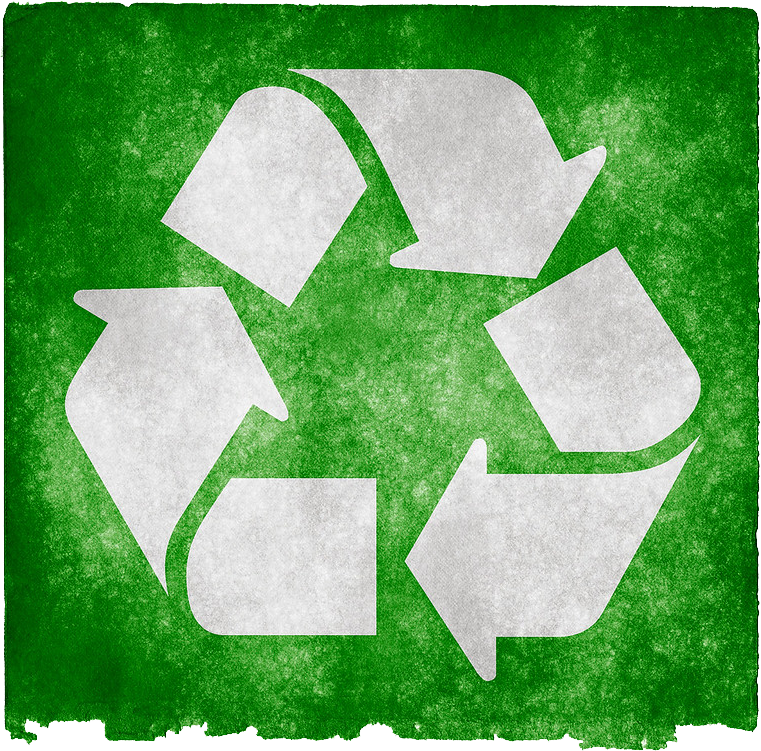
Of the 147 companies with a package recyclability goal, only 15 percent were on track to meet it…
Controversial Punalu‘u project on Big Island set back as contested case moves ahead – Kaua’i Now
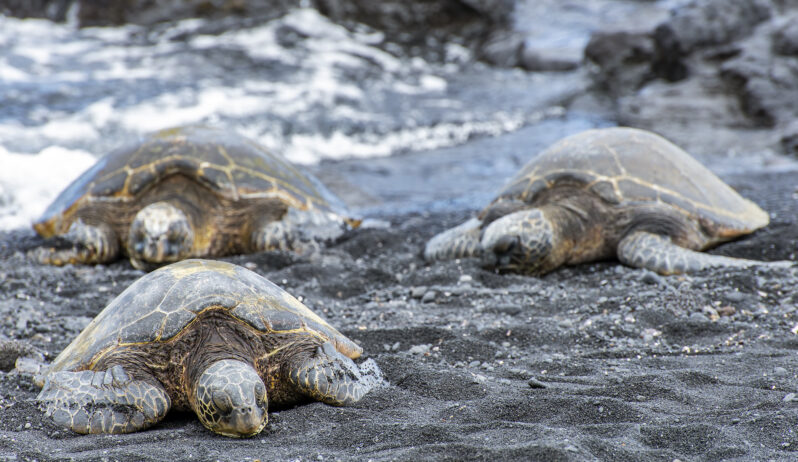
The developer of a controversial proposed Ka‘ū residential and commercial community on the Big Island will have to wait to find out if it will be approved for a special management area use permit to move forward with project — or if it will be considered at all — following a special meeting Monday of the Hawai‘i County Windward Planning Commission in Hilo…
Washed Away – AARP
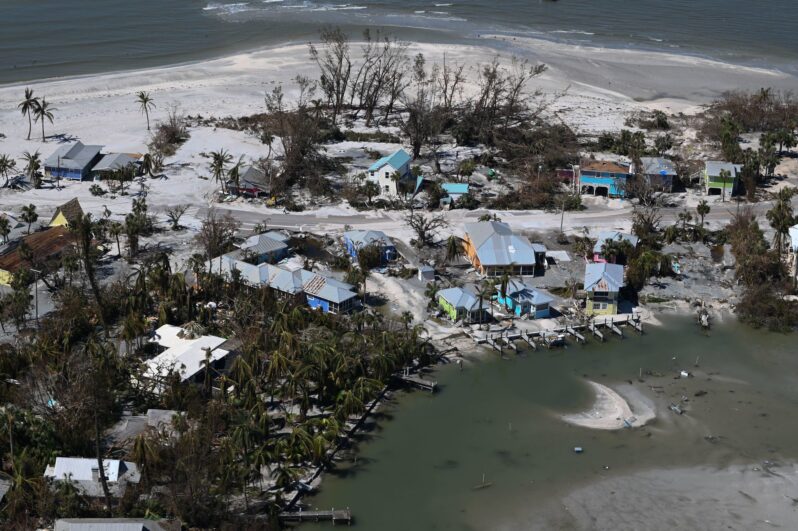
As more older Americans move to the coasts, rising seas are wiping out their homes — and retirement dreams…
Seabird poop is recipe for coral recovery amid climate-driven bleaching – Mongabay
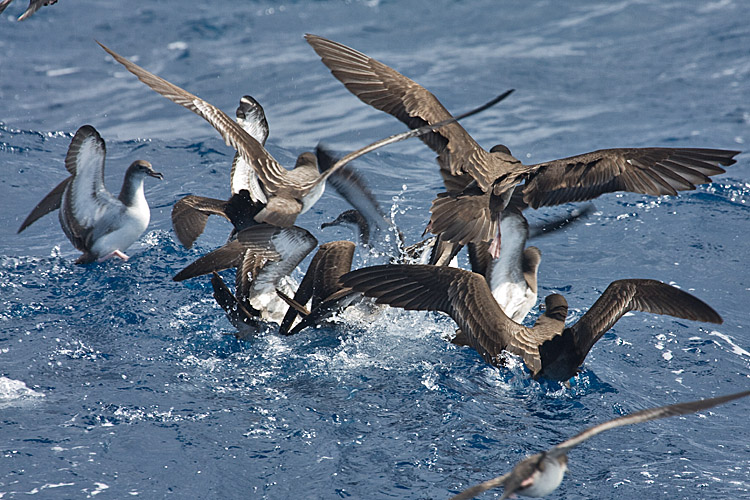
Researchers have found that nutrients from seabird poop led to a doubling of coral growth rates and faster recovery after bleaching events, promoting overall resilience…
Images of Climate Change That Cannot Be Missed – the New Yorker

Just as we risk becoming inured to the crisis, an exhibition, “Coal + Ice,” serves as a stunning call to action…
Shapeshifters: Octopus Superpowers (Full Episode) | Secrets of the Octopus – National Geographic

Whether transforming their body shape and color to disappear or mimicking their deadliest enemy. Octopus use shapeshifting superpowers to survive…
Long Story Shorts: What Role Does Sound Play in the Ocean? – Hakai Institute
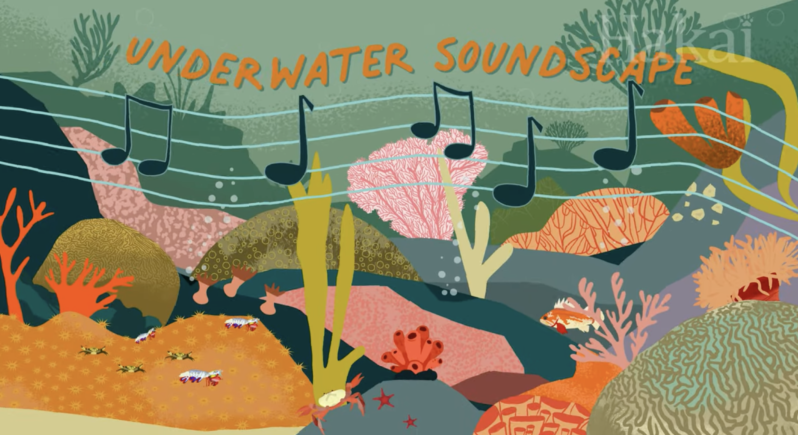
Have you ever wondered how sound works underwater? Or how much life in the ocean depends on hearing and being heard? Watch this episode of Long Story Shorts to get the answers, and find out what happens when we interfere with the soundscapes of the sea…
